This is a post of interest to any mirrorless interchangeable-lens camera (MILC) user. I’ve illustrated it with images from the Fujifilm GFX 100. You can find all the posts about that camera in the Category List on the right sidebar, below the Articles widget. There’s a drop-down menu there that you can use to get to all the posts in this series; just look for “GFX 100”. It’s also in the “GFX 50S” category.
I have been posting recently on aliasing in the Fujifilm GFX 50R, the GFX 50S, and the GFX 100. Yesterday, I received a question:
…given the pixel resolution of those sensors under normal shooting conditions with normal subjects, what are the chances that aliasing will be perceptible in a print?
The range of normal subjects and normal shooting conditions is extreme, so I can’t deal with that part of the question. But I can deal with the question of how big a print has to be before aliasing is visible, and that’s what I’m going to do in this post.
I started with this GFX 100 image:
If you zoom in, it shows modest aliasing:
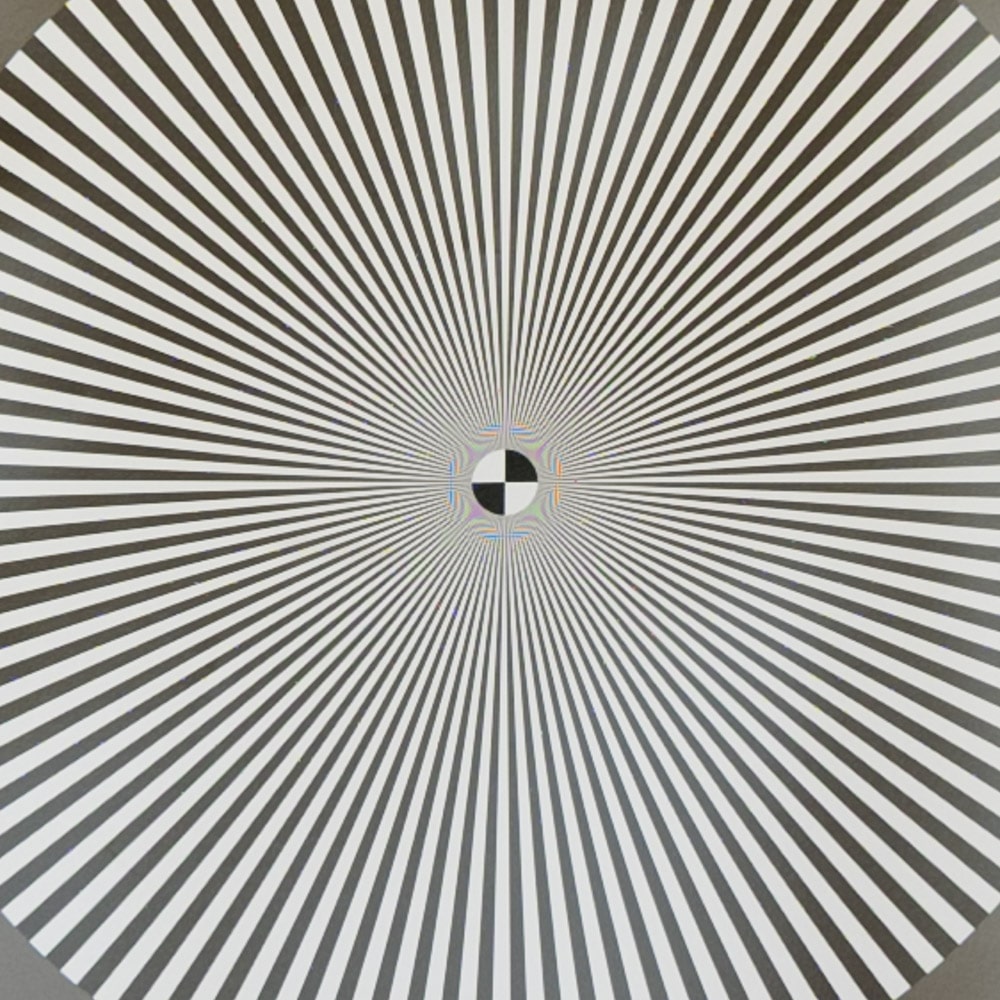
Using an Epson P800, I printed it on a piece of C-size Epson Legacy Batyra with 1-inch borders, so that the image was 15 inches high. I told Lightroom to res it down to 360 pixels/inch (ppi) before sending it to the printer driver. That means it was 5400 pixels high. The file itself is 8736 pixels high, so 5400 pixels is about 62% of the original height, so the file sent to the printer driver has only about 38% of the pixels of the original file. I told Lightroom to perform standard output sharpening.
Then I looked at the print from about 15 inches away. There was definitely aliasing visible, but it wasn’t the aliasing that you see above, which had been turned gray: it was introduced by the downressing in Lightroom.
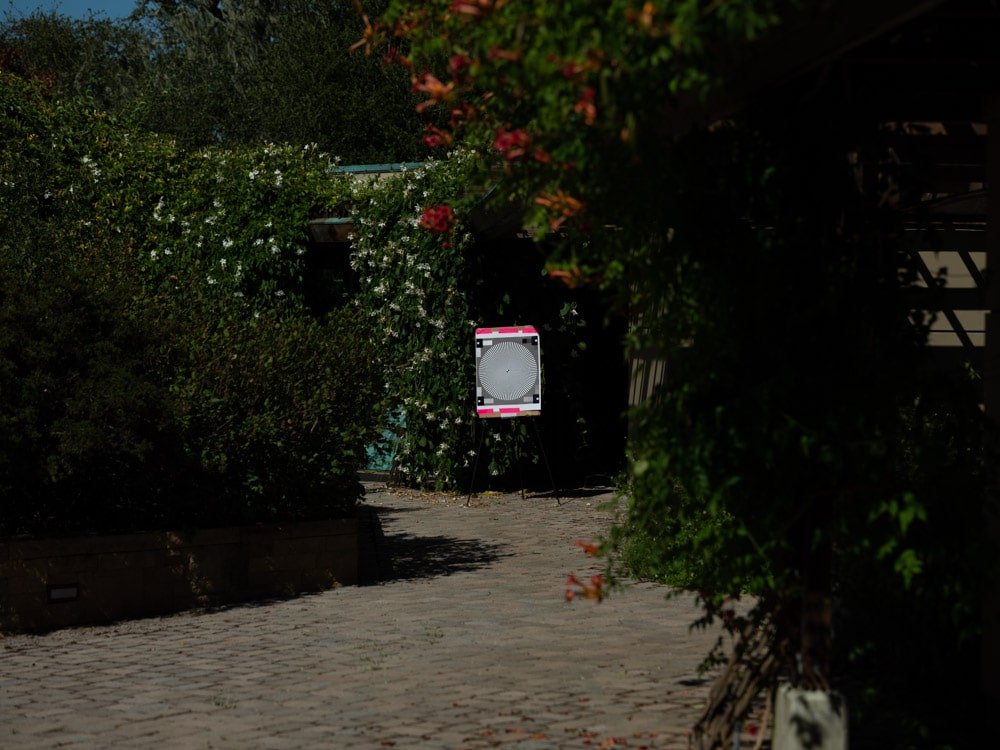
It shows more aliasing:
Printed 15 inches high with the same Lightroom procedure, it shows visible aliasing from about 18 inches away, both the aliasing in the image above, and some aliasing caused by Lightroom’s downsizing it from 6192 pixels to 5400 pixels high.
I next printed out crops of the two images with the native resolution of the raw file matching that of the printer driver, which is 360 ppi. That would have made a full print of the GFX 50R image about 17 inches high, and that from the GFX 100 image about 24 inches high. The aliasing in the GFX 50R shot stood out like sore thumb. The GFX 100 aliasing was visible from 15 inches, but didn’t look as bad as it does in the tight crop above.
A Siemens Star can hardly be considered a natural image. So I printed full frames 15 inches high from the GFX 100 and GFX 50R images from which these tight crops came:

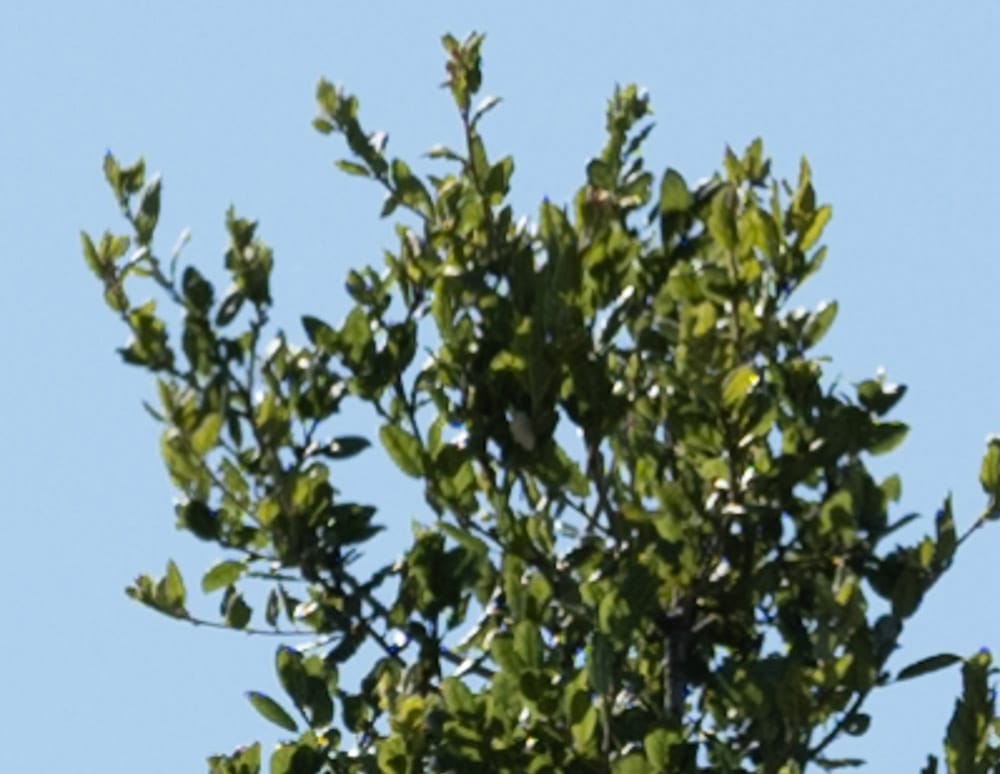
I printed the full frames out 15 inches high, and examined them. They looked very similar in sharpness, and the artifacts in the GFX 50R shot above weren’t visible. If was interesting that the GFX50 R shot looked just a hair sharper. Then I took crops and printed them out so that full frame images would have been about 36 inches high. The artifacts were visible from 15 inches. The differences weren’t striking; heck, they aren’t striking above.
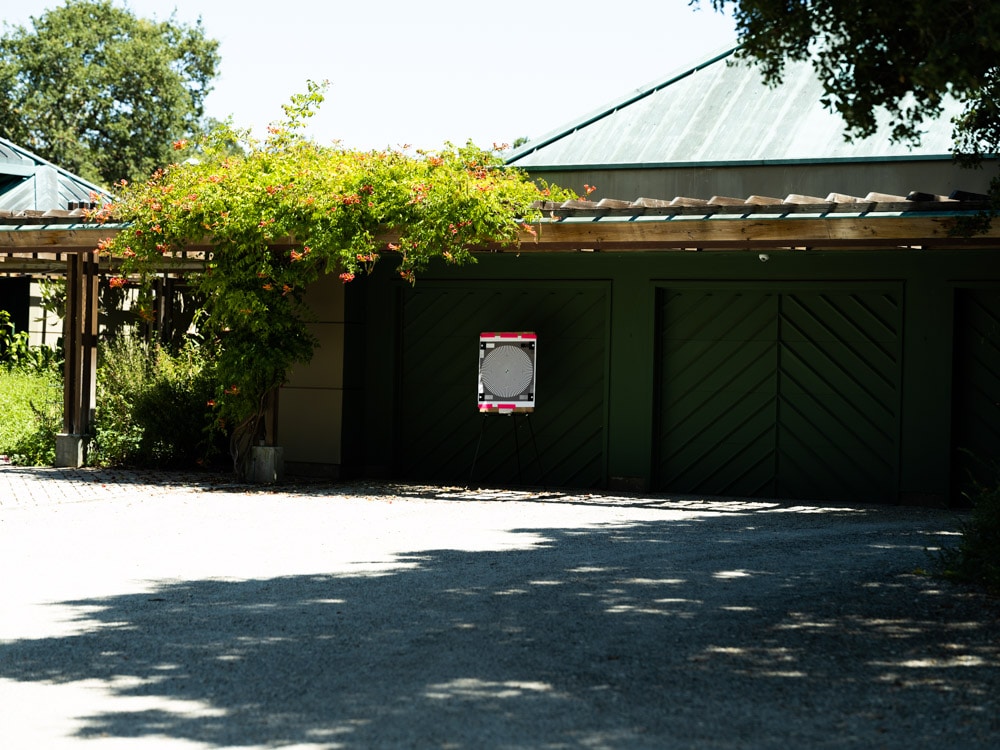
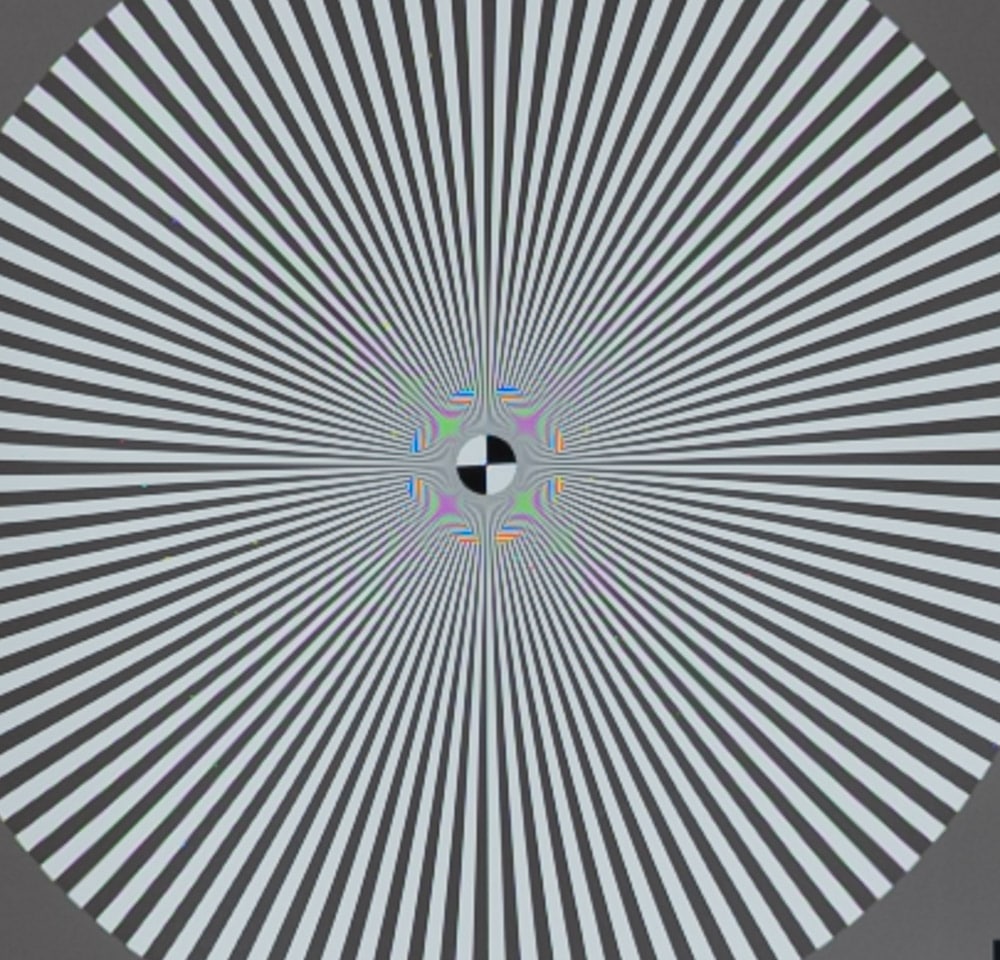
Erik Kaffehr says
Hi,
Pixel peeping your samples on screen, I would say that the benefits of the GFX 100 are obvious. I have not checked the images 6 feet away from the screen.
My take may be that:
– If you look for the best image quality, the GFX 100 is the obvious choice.
– But for moderate sized prints the difference may just not matter.
On the other hand, the GFX 100 will always deliver the best image.
In most cases, lesser systems may deliver images that are good enough.
The ultimate question may be if a 24×36 mm system like A7r#, Nikon Z7 or Canon EOS R are ‘good enough’ or you need to go for 102 MP on 33×44 mm. It is a good question.
I would guess that the answer may be about printing needs. Printing large, the GFX 100 pulls away… But, 100 MP on 44×33 mm is not the end of the game, we will see new sensors in a few years.
Best regards
Erik
David Berryrieser says
We don’t currently have a higher resolution sensor on the roadmap from Sony at the 44x33mm frame size. Based on how long the older IMX161 has lasted, my guess is that we will see the current 100MP IMX461 as state of the art for the next 5 years.
Personally, when I look at the 30″x40″ prints I get of the GFX 50S, I am pretty happy with the image quality and don’t feel the need for more resolution. Not that I would complain about having a GFX100. I’m just hoping for a GFX 100S down the line at some point, ideally without IBIS and PDAF, better battery location, and a stiffer body.